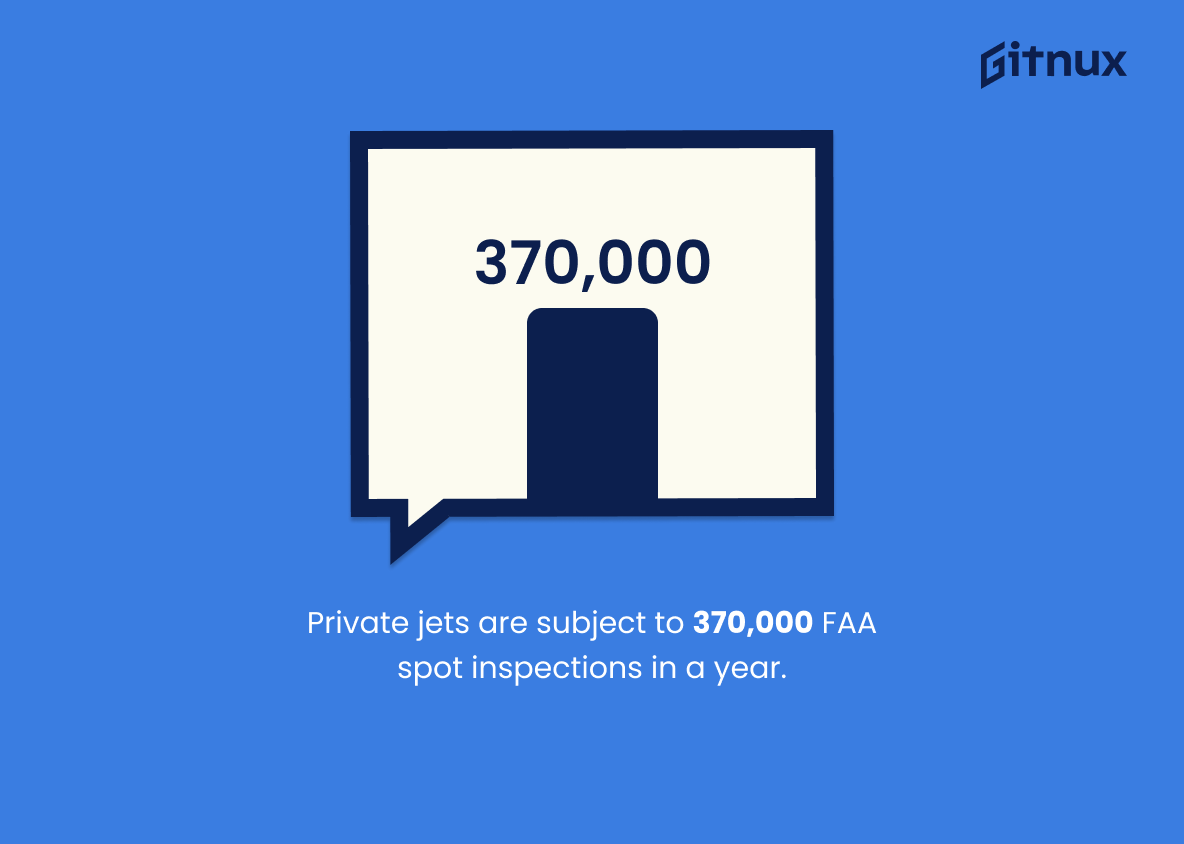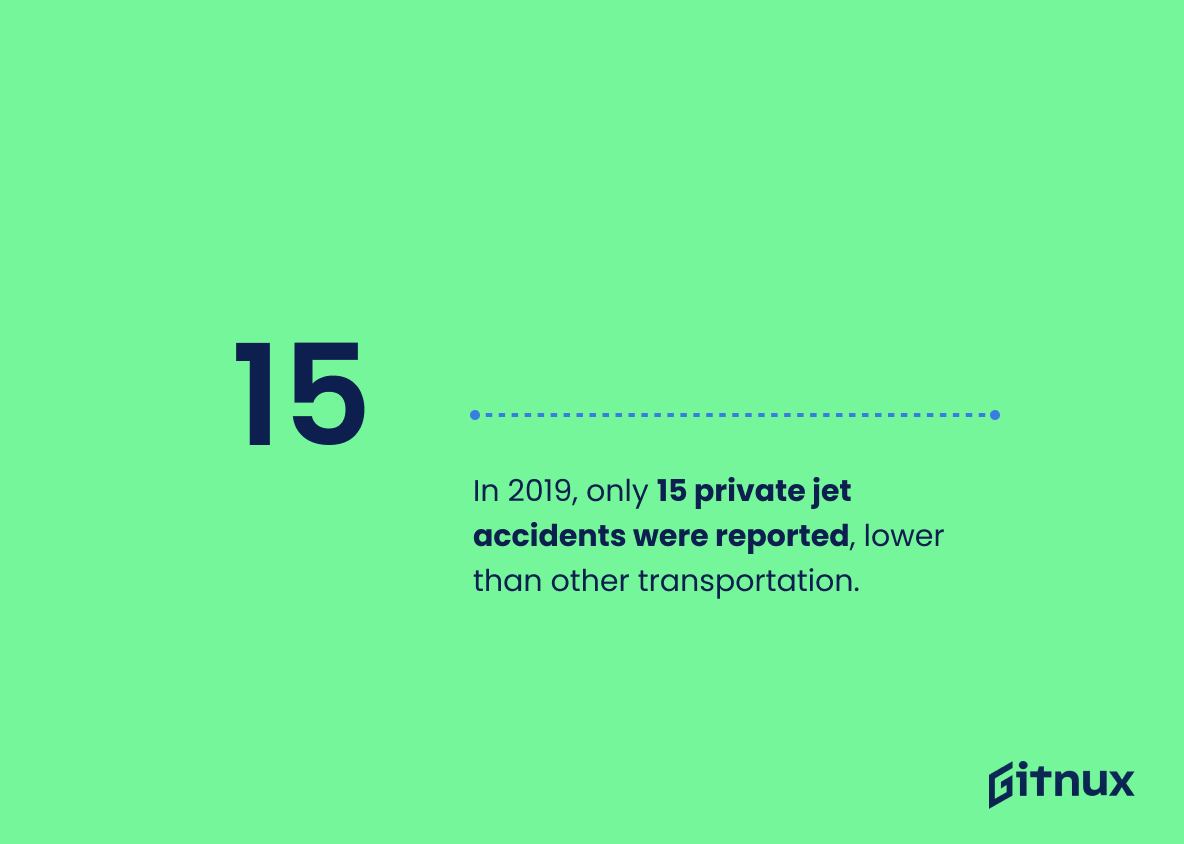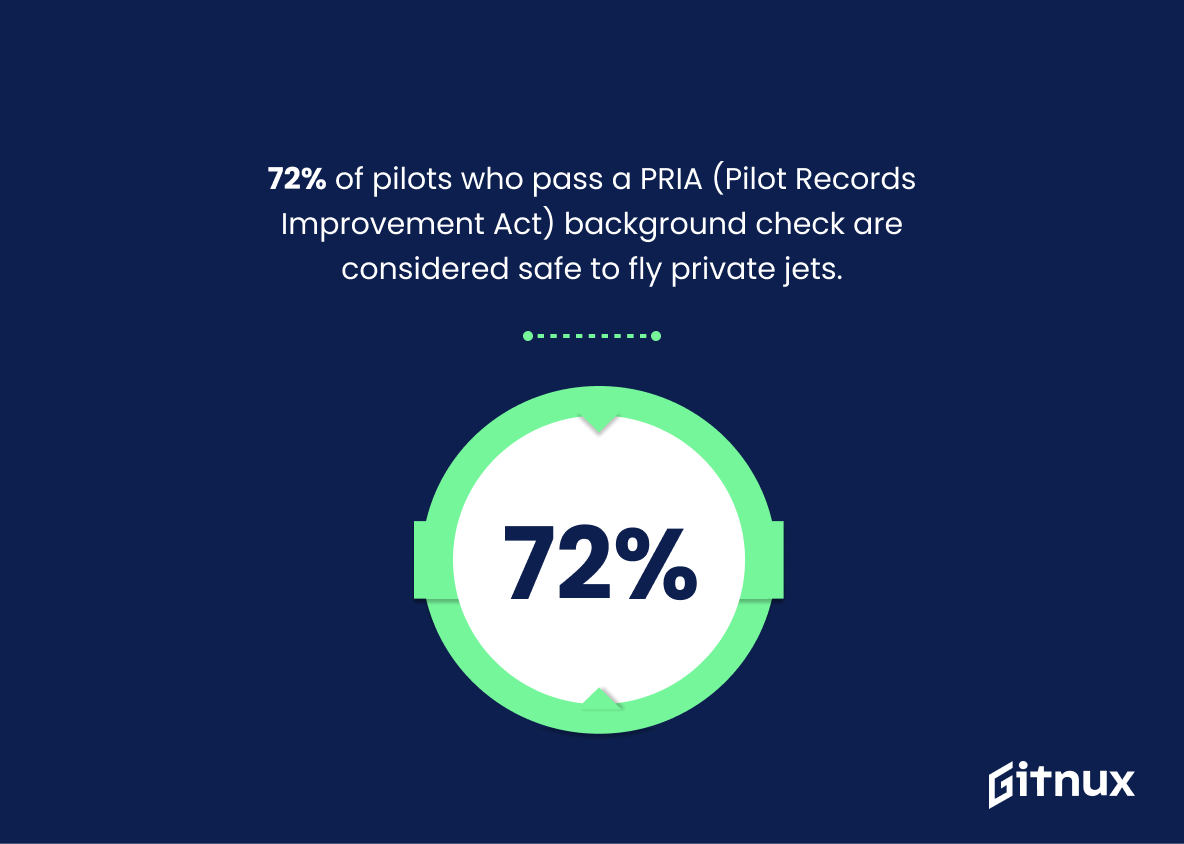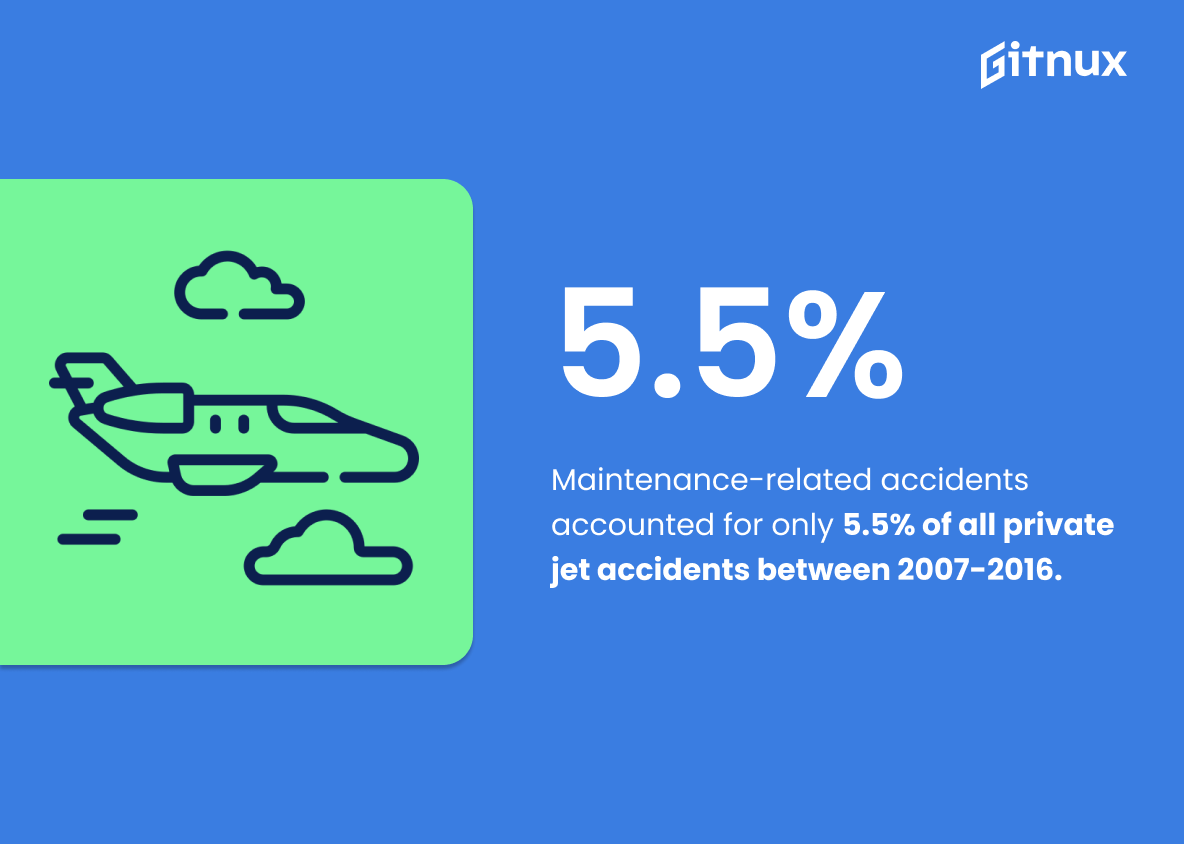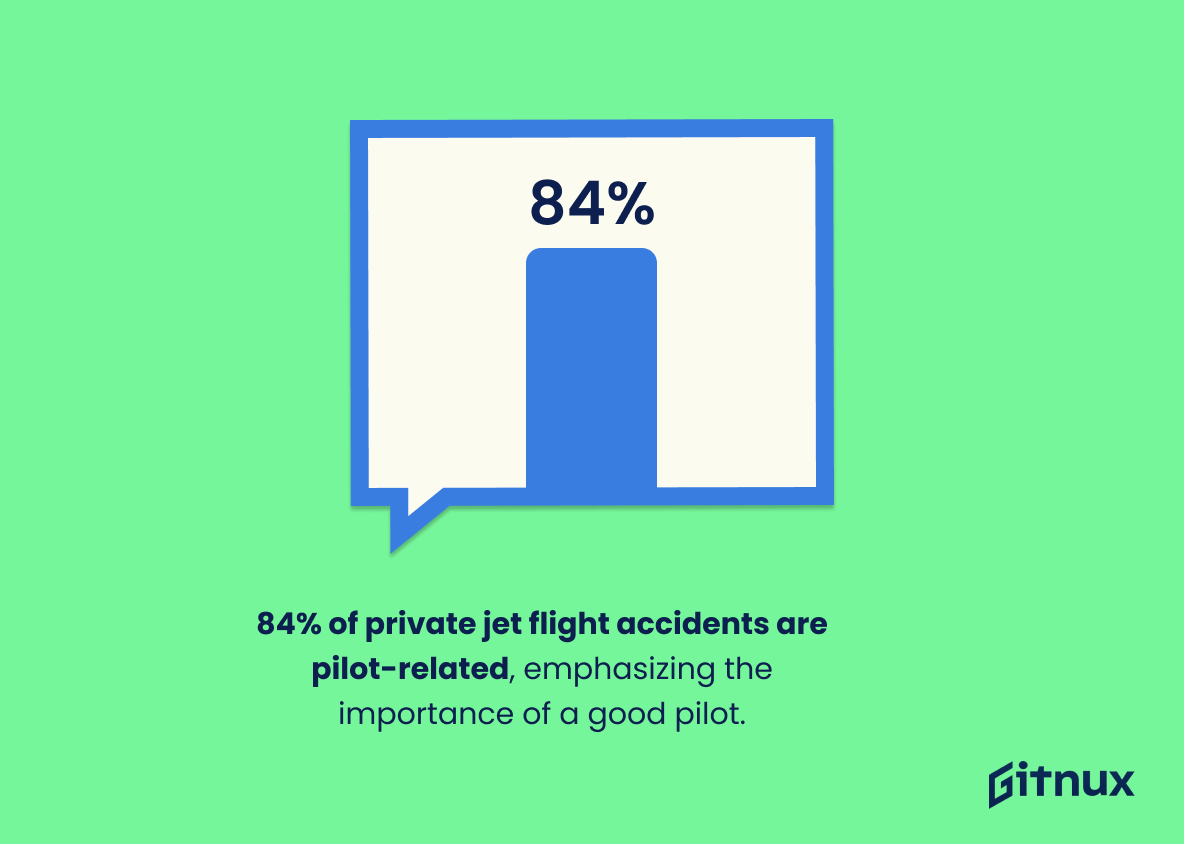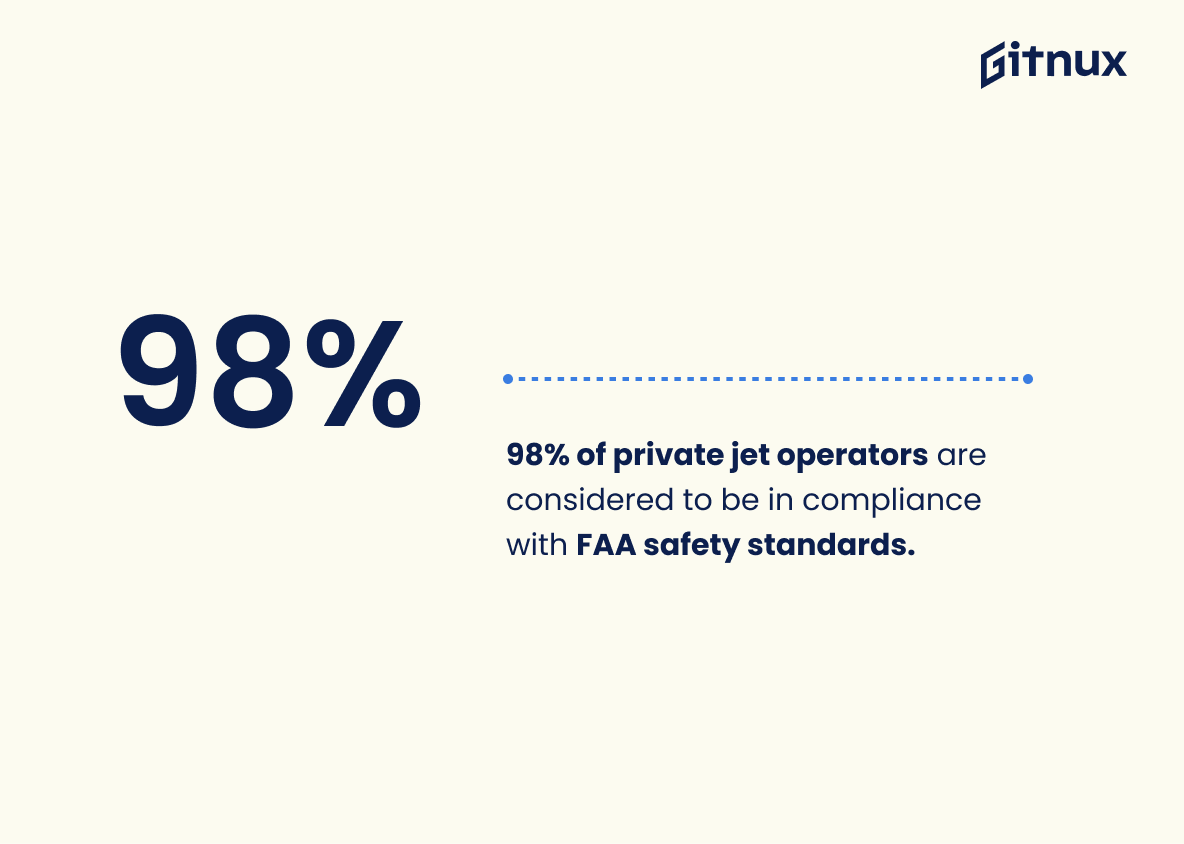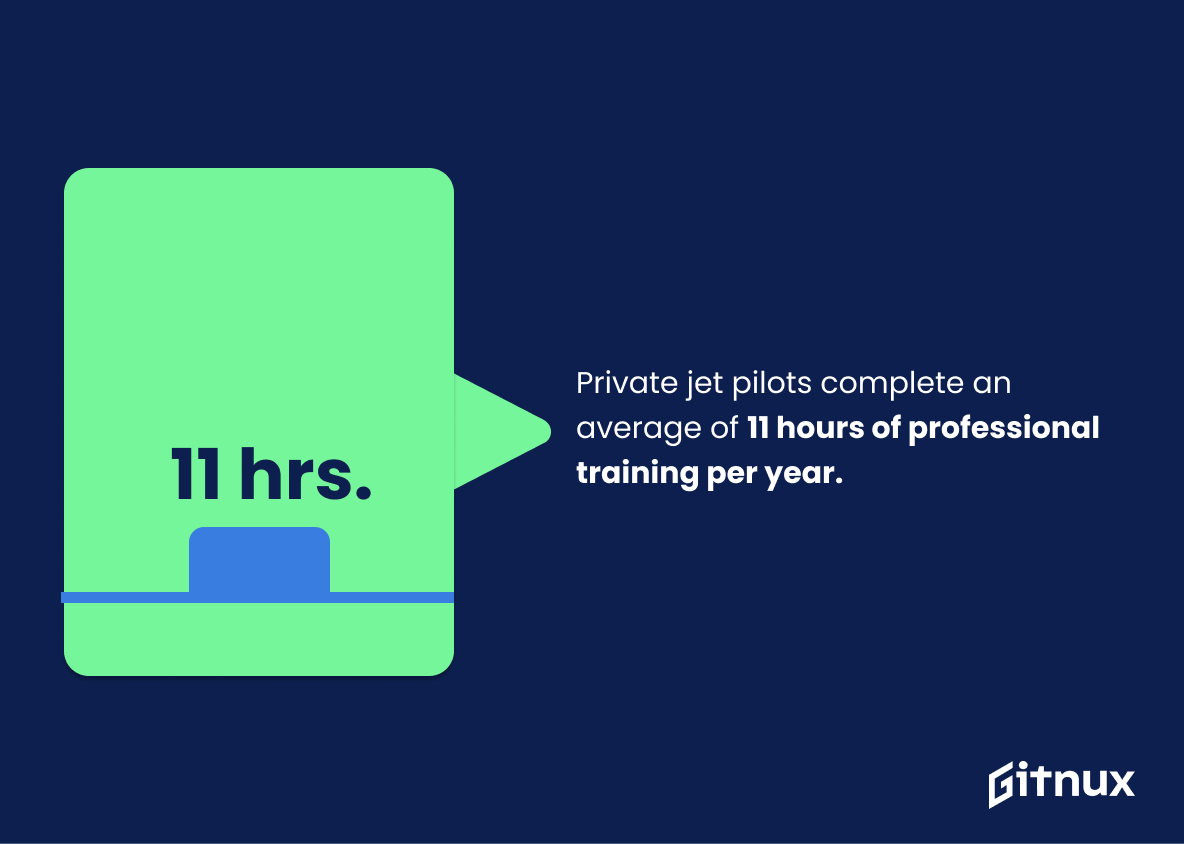Are you looking for the latest safety statistics on private jet travel? Look no further. In this blog post, we will be discussing 20 different safety statistics related to private jets. From fatal accident rates and probability of a fatal accident in flight, to maintenance-related accidents and pilot training hours – these stats provide an insight into how safe it is to fly with a private jet charter service. We’ll also look at some comparisons between commercial airlines and personal vehicles when it comes to risk reduction. So let’s dive right in.
This statistic is a testament to the remarkable safety record of private jet flights. It demonstrates that the risk of a fatal accident occurring during a private jet flight is incredibly low, providing peace of mind to those who choose to fly in a private jet.
Private jets have a 50% reduction in accidents compared to the worldwide average.
This statistic is a testament to the safety of private jets, showing that they are significantly safer than the worldwide average. It is a powerful indicator that private jet travel is a safe and reliable option for those looking to travel in style and comfort. This statistic is especially important in the context of a blog post about private jet safety statistics, as it provides readers with a clear indication of the safety of private jet travel.
Private Jet Safety Statistics Overview
96% reduction in risk when flying on a private jet compared to a personal vehicle in the United States.
This statistic is a powerful testament to the safety of private jet travel. It highlights the fact that, compared to a personal vehicle, flying on a private jet drastically reduces the risk of an accident or other incident. This is an important point to make in a blog post about private jet safety statistics, as it emphasizes the importance of choosing a safe and reliable mode of transportation.
Private jets are subject to 370,000 FAA spot inspections in a year.
This statistic is a testament to the FAA’s commitment to ensuring the safety of private jet passengers. With 370,000 spot inspections conducted annually, the FAA is taking proactive steps to ensure that private jets are up to the highest safety standards. This statistic is a reassuring reminder that the FAA is doing its part to ensure that private jet passengers can travel with peace of mind.
In 2019, only 15 accidents involving private jets were reported, which is considerably lower than other means of transport.
This statistic is a testament to the safety of private jets, showing that they are a reliable and secure form of transport. It indicates that private jets are a much safer option than other forms of transport, making them an attractive choice for those looking for a secure and comfortable journey.
67% of private jet owners report feeling safer on private aircraft compared to commercial airlines.
This statistic is a powerful indicator of the perceived safety of private jet travel. It speaks to the confidence that private jet owners have in the safety of their aircraft, and the trust they have in the pilots and crew that operate them. This statistic is an important part of any discussion about private jet safety, as it provides a valuable insight into the minds of those who choose to fly privately.
72% of pilots who pass a PRIA (Pilot Records Improvement Act) background check are considered safe to fly private jets.
This statistic is a testament to the effectiveness of the PRIA background check in ensuring the safety of private jet passengers. It shows that the PRIA is an effective tool in screening pilots and ensuring that only those who are deemed safe to fly are allowed to do so. This is an important statistic to consider when discussing private jet safety, as it demonstrates the importance of having a reliable and thorough screening process in place.
Maintenance-related accidents accounted for only 5.5% of all private jet accidents between 2007-2016.
This statistic is a testament to the safety of private jet travel, showing that maintenance-related accidents are relatively rare. It indicates that the majority of private jet accidents are caused by other factors, such as pilot error or weather conditions, and that the aircraft themselves are generally well-maintained and reliable. This is an important point to consider when discussing private jet safety, as it shows that the risk of a maintenance-related accident is low.
84% of private jet flight accidents are pilot-related, emphasizing the importance of a good pilot.
This statistic serves as a stark reminder of the critical role a pilot plays in private jet safety. It highlights the importance of having a highly-skilled and experienced pilot at the helm, as their expertise and knowledge can be the difference between a safe flight and a tragic accident.
98% of private jet operators are considered to be in compliance with FAA safety standards.
This statistic is a testament to the high level of safety that private jet operators are able to maintain. It is a reassuring sign that the vast majority of private jet operators are taking the necessary steps to ensure the safety of their passengers and crew. This statistic is a strong indication that the FAA’s safety standards are being taken seriously and that private jet operators are doing their part to ensure the safety of their passengers.
Private jet pilots complete an average of 11 hours of professional training per year.
The importance of this statistic cannot be overstated when it comes to private jet safety. With 11 hours of professional training per year, private jet pilots are kept up to date on the latest safety protocols and procedures, ensuring that passengers are in the safest hands possible. This training helps to ensure that private jet pilots are well-equipped to handle any situation that may arise during a flight, providing peace of mind for passengers.
Conclusion
The statistics presented in this blog post demonstrate that private jet safety is a top priority for the aviation industry. Private jets have an incredibly low fatal accident rate of 0.63 per 100,000 hours and are six times safer than small piston planes. The probability of a fatal accident on a private jet flight is 1 out of 11 million flight hours, while charter flights have an even lower fatality rate at 0.15 per 100,000 hours (2019 data). Furthermore, there has been a 50% reduction in accidents compared to the worldwide average as well as 96% reduction when flying on a private jet compared to driving in personal vehicles within the United States. In 2018 alone there was 43% decrease in fatalities from previous years and only 8% of total aviation accidents involved private jets during that same year period according to Skytango’s report published 2019-2020 .
Private Jet operators must adhere to strict FAA regulations with 370 thousand spot inspections conducted annually and 98 percent compliance reported by IJET Aero’s survey results 2020-2021 . Pilots undergo rigorous training averaging 11 professional training hours each year which helps ensure their proficiency behind the controls along with PRIA background checks ensuring 72 percent safe pilots fly your aircraft according to Stratos Jets 2021 research findings . Aircraft maintenance also plays its part with 5.5 percent mechanical related incidents between 2007 – 2016 , 14 year old average age for US based aircraft being younger than commercial airlines plus 3 point three percentage points representing all general aviation accidents involving charters last year further proving how seriously these companies take safety precautions before allowing passengers onboard their fleets.
References
0. – https://www.privatejetcardcomparisons.com
1. – https://www.ijet.aero
2. – https://www.nata.aero
3. – https://www.accessjetgroup.com
4. – https://www.andrewwaddington.co.uk
5. – https://www.stratosjets.com
6. – https://www.bainstitute.org
7. – https://www.wyvernltd.com
8. – https://www.charterjetairlines.com
9. – https://www.send2press.com
10. – https://www.scout.com.au

